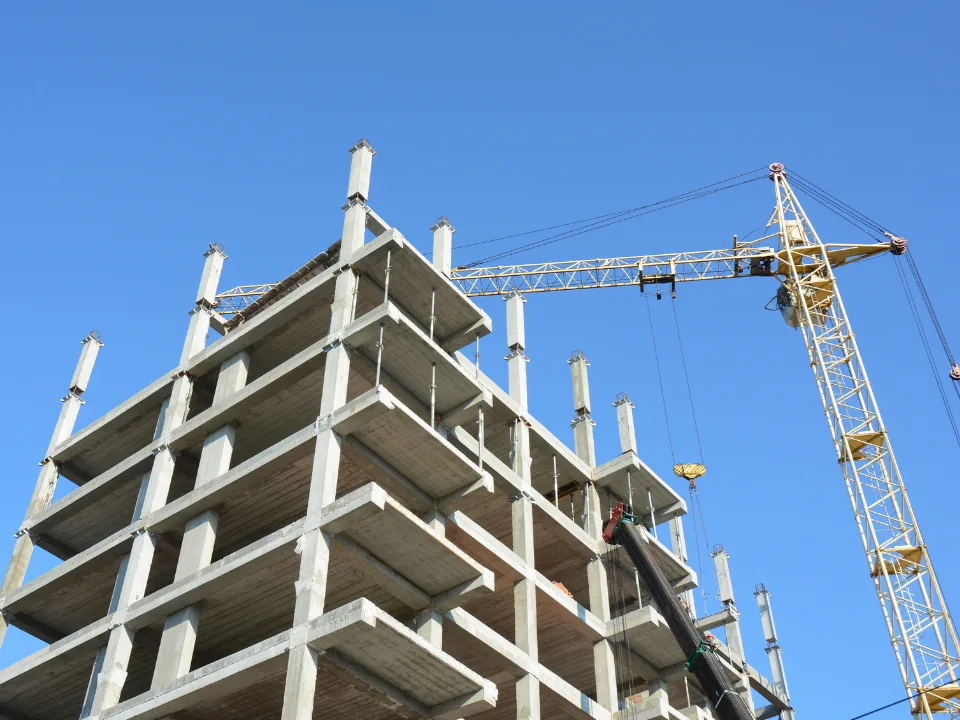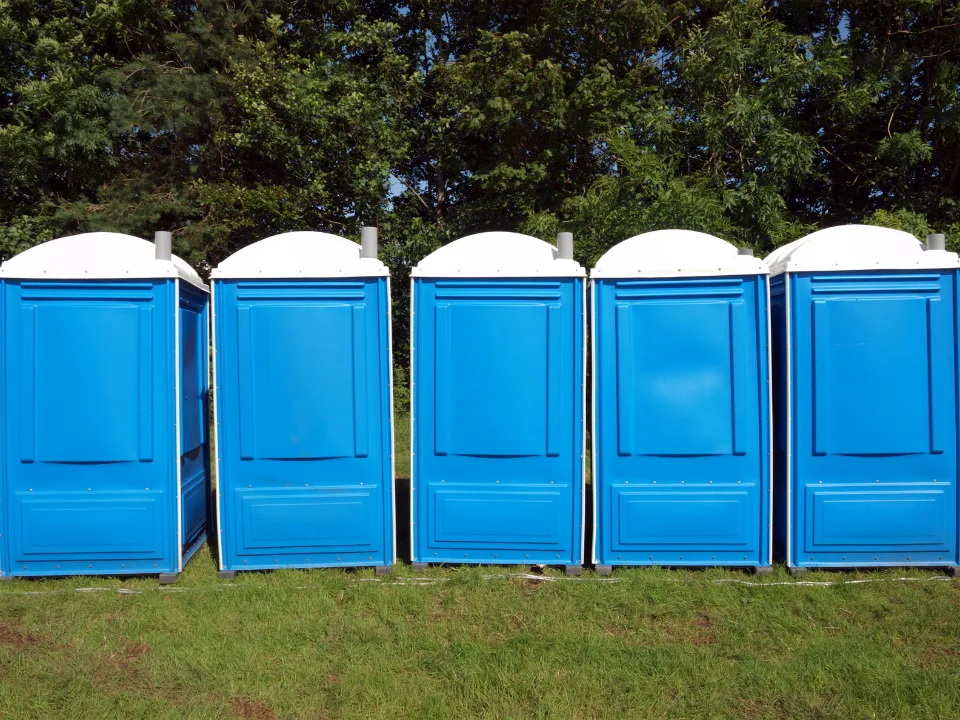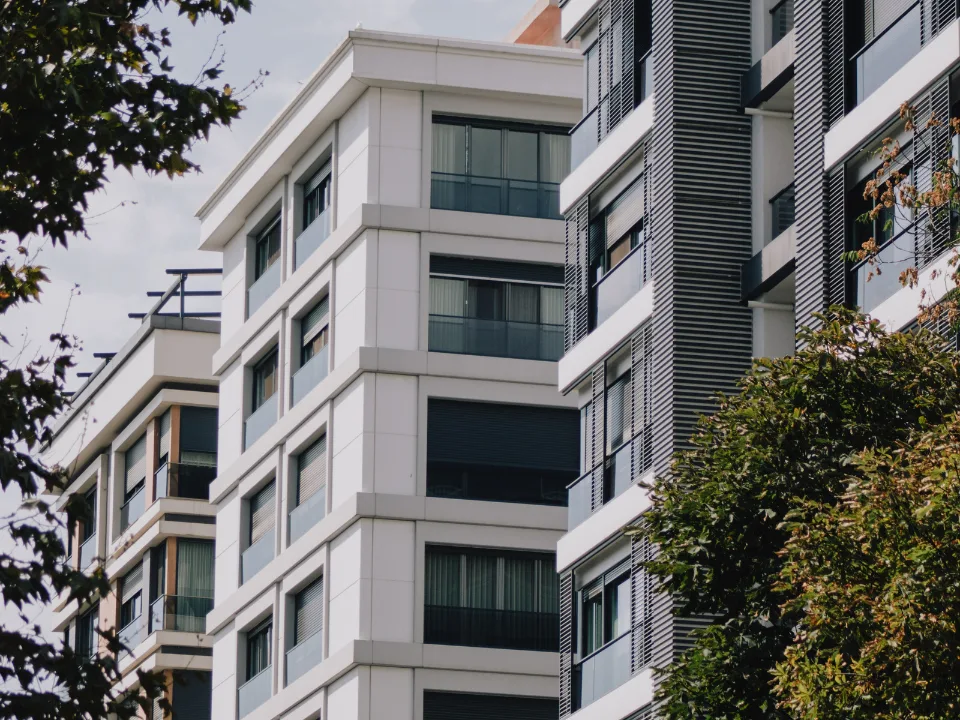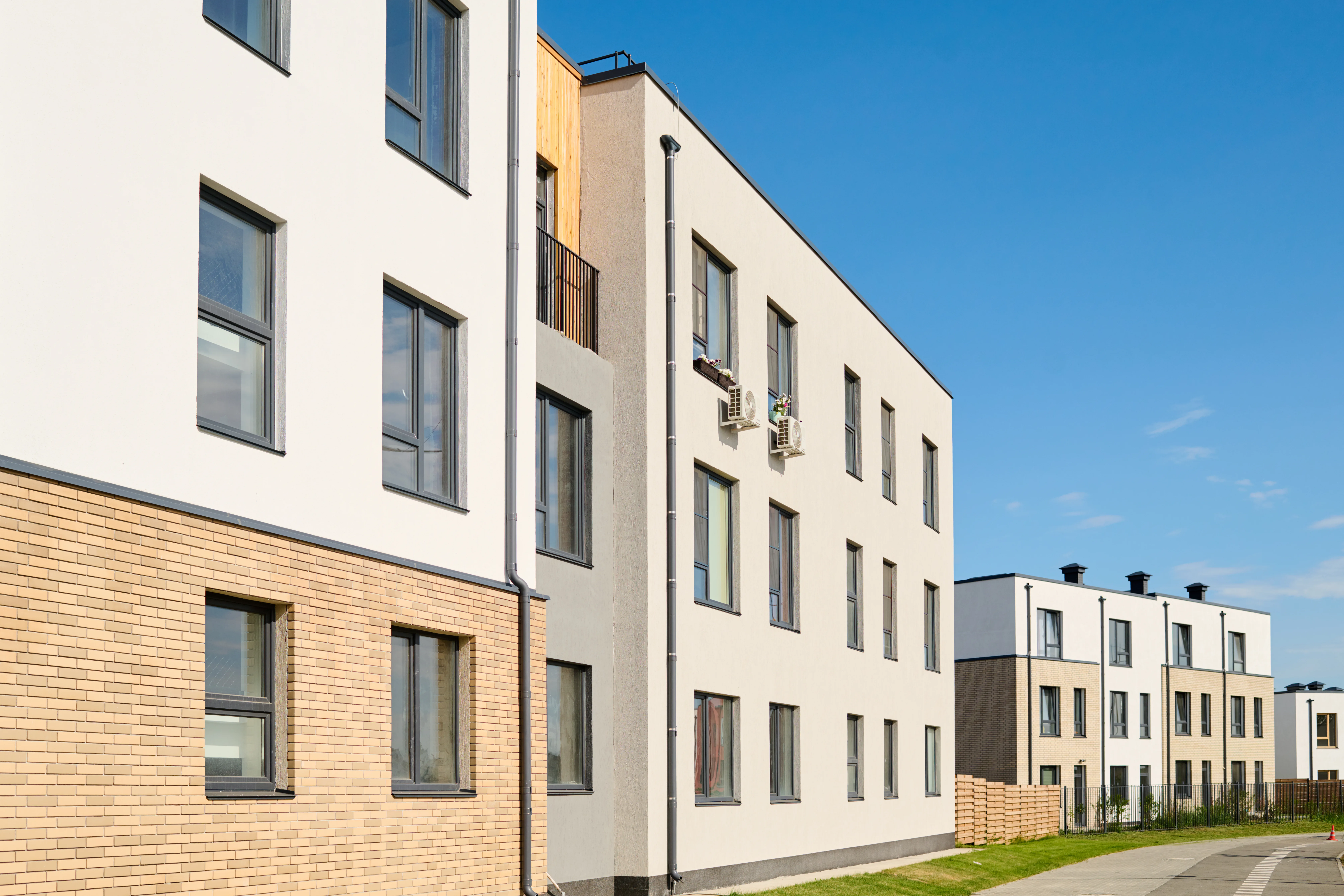- Multifamily housing permits have dropped in two-thirds of US metros, falling 27.1% from pandemic-era highs, according to Redfin.
- High borrowing costs and slowing rental demand have made new construction less attractive, even as Southern markets like Austin and Cape Coral remain active.
- The slowdown is expected to reduce rental supply over the next year, potentially pushing rents higher despite recent flattening.
A Sharp Decline
According to GlobeSt. the pace of multifamily permits across the US has slumped dramatically, with national permitting down 27.1% from the pandemic boom and 5.5% below pre-pandemic levels. Developers obtained permits for just 12.4 units per 10,000 people over the past year, compared to 17 units during the height of pandemic-driven construction.
The data, which focuses on projects with five or more units, highlights the growing headwinds facing developers, including high borrowing costs and slowing leasing activity.
Regional Strength and Weakness
Some markets are still bucking the trend. Austin, TX issued permits for 64.5 multifamily units per 10,000 residents — the highest among the 78 metros analyzed, though still below pandemic-era levels. Cape Coral, FL and North Port, FL also posted strong permitting numbers, alongside Raleigh, NC and Orlando, FL.
In contrast, cities like Stockton, CA — which issued no new multifamily permits over the past year — and Bakersfield, CA, El Paso, TX, Providence, RI, and Baton Rouge, LA, saw some of the steepest declines.
Why It Matters
The sharp downturn in new multifamily construction suggests renters will face fewer housing options in the coming year. As supply tightens, even as rents have recently stabilized, upward pressure on rental prices could return, according to Redfin’s Senior Economist Sheharyar Bokhari.
The findings also align with a National Association of Home Builders report that forecasted multifamily permits starts to drop 25% in 2024 and another 11% in 2025, indicating that the slowdown may persist.
What’s Next
If construction activity remains subdued, renters may experience tighter inventory and possible rent hikes in 2025 and beyond. Developers, meanwhile, could find opportunities in select high-growth Southern metros that are still supporting robust permitting levels.
Get Smarter about what matters in CRE
Stay ahead of trends in commercial real estate with CRE Daily – the free newsletter delivering everything you need to start your day in just 5-minutes

















